Compared: 2022 Jeep Wrangler vs. 2022 Toyota 4Runner
Of these off-road SUVs, the immensely capable Jeep offers endless options, while the Toyota tries to please all parties.
 Jeep/Toyota
Jeep/Toyota
QuickTakes:
For decades, the Jeep Wrangler and Toyota 4Runner have set the standard for factory off-road performance. They’re not ideal family vehicles, but rather the most hardcore options in the mid-size-SUV segment. They are noisy, slow, and uncomfortable. They drive poorly, drink lots of fuel, and have only a mild concern for comfort and convenience. But when the road and all of civilization ends, there are few vehicles as capable as a Wrangler or 4Runner.
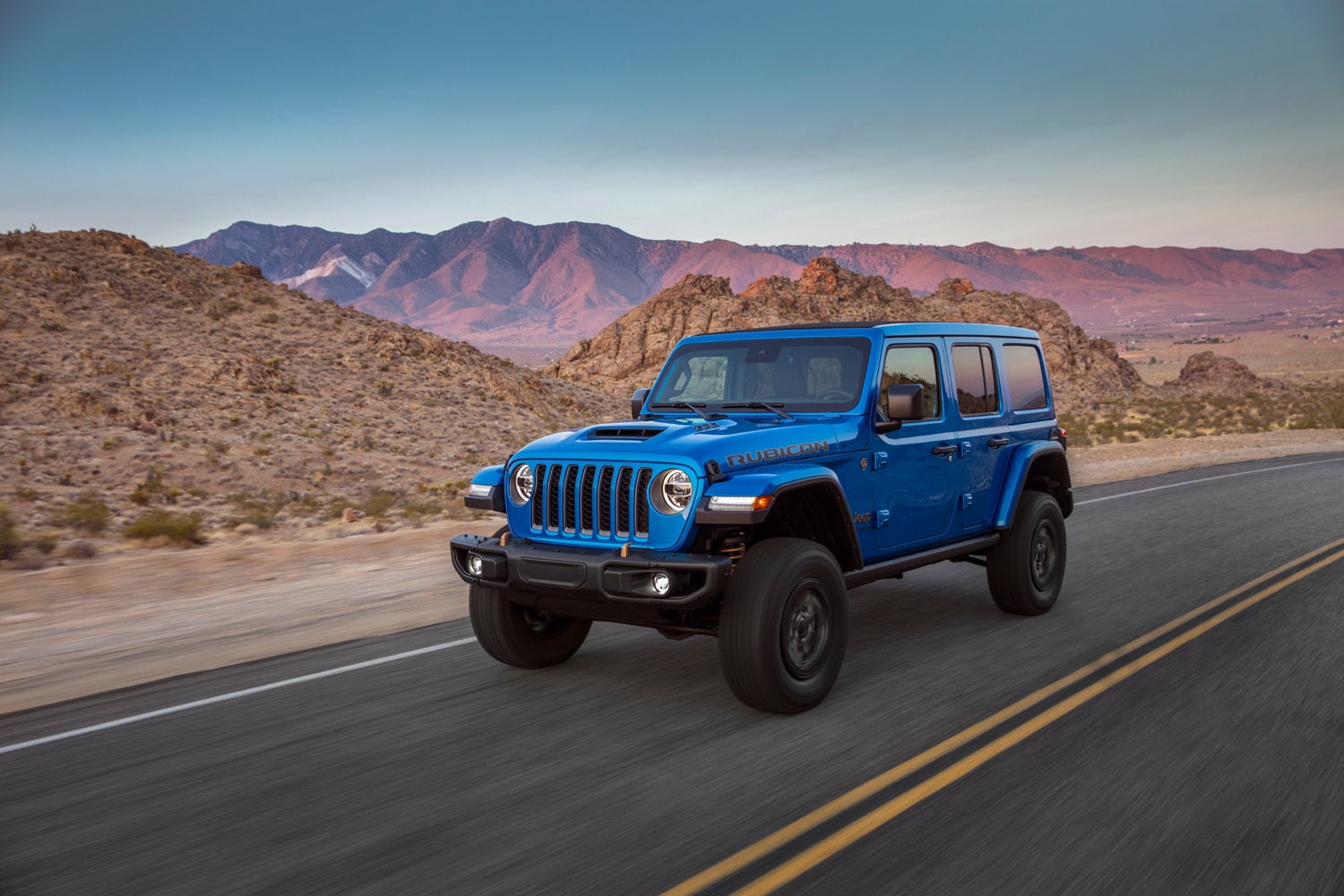 Jeep
Jeep
Jeep Wrangler vs Toyota 4Runner: Price
There are about 1001 ways to outfit a Wrangler to fit your needs and personality. Jeep offers around a dozen trim levels (many of which require a four-door body), eight tops, and five powertrains, including a gas-powered V6 (with and without hybrid assistance), a turbocharged four, a diesel V6, a huge V8, and a plug-in hybrid. The base two-door Wrangler Sport starts at $31,590 and comes with a soft top, a six-speed manual transmission, four-wheel drive, and a 285-hp six-cylinder. Upgrading to four doors on that trim requires another $3,600. The PHEV model, called 4xe, opens at $55,390, while prices can soar above $90K for a loaded Rubicon 392, which features Jeep’s 470-hp V8.
 Toyota
Toyota
With the 4Runner, you have far fewer options. Toyota hasn’t offered a two-door body or a manual transmission in the 4Runner for a long time. Buyers have only one choice of powertrain: a 270-hp V6 mated to a five-speed automatic. In all but the TRD Off-Road, TRD Off-Road Premium, and TRD Pro trims, you can spec the 4Runner with rear-wheel drive. The base SR5 4x2 starts at $38,820, while the top-dog TRD Pro comes in at $53,635.
When equipping both models for an apples-to-apples comparison—giving the lowliest Toyota four-wheel drive and the entry Jeep a hardtop and an eight-speed automatic—the Wrangler comes out ahead in price at $39,385 to the 4Runner’s $40,695.
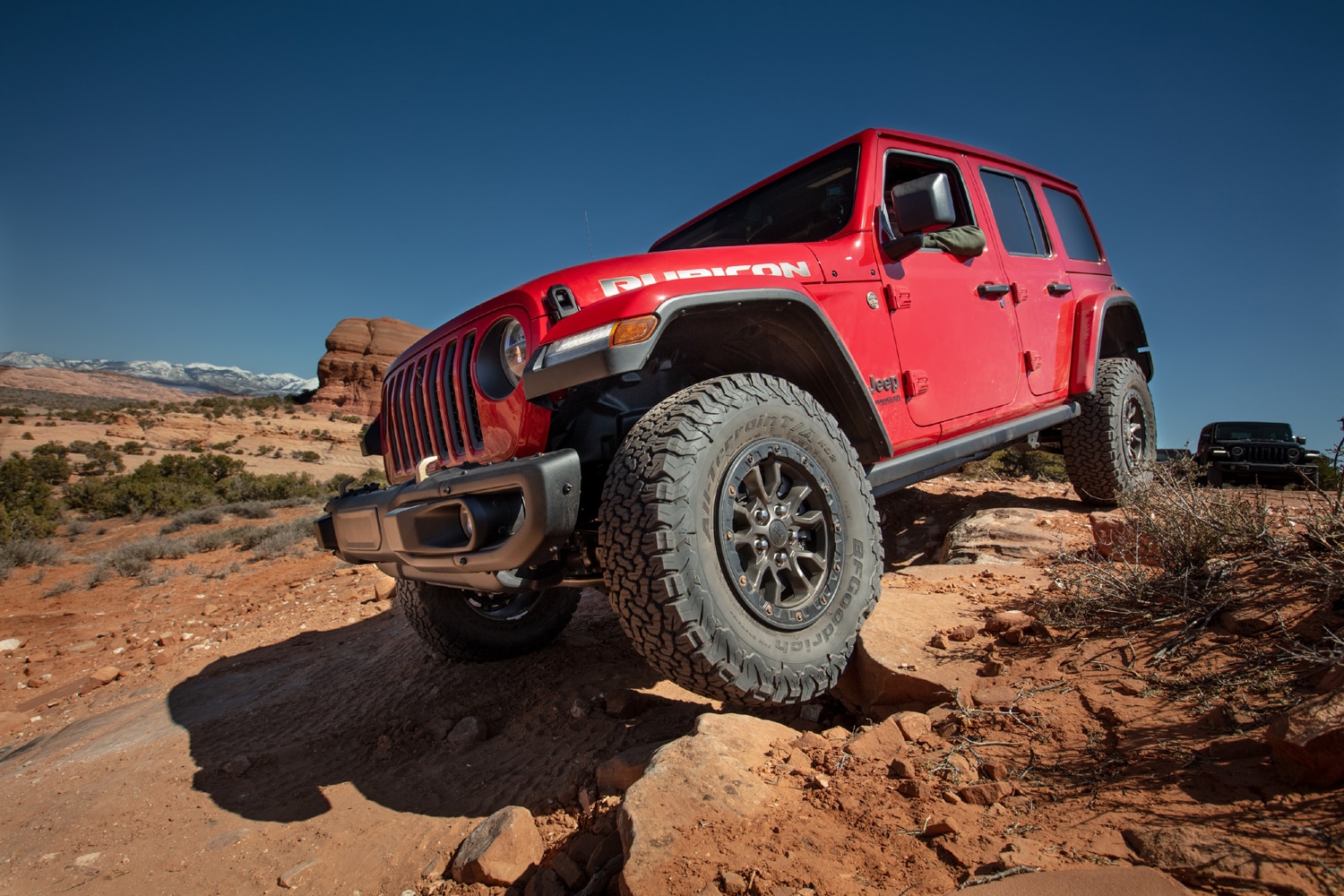 Jeep
Jeep
Jeep Wrangler vs Toyota 4Runner: Off-Road Capability
Jeep builds off-road capability into every version of the Wrangler, while the 4Runner will be better suited to roads or trails based on which model you choose and how it is equipped. All Wranglers come standard with four-wheel drive, and better approach and departure angles, along with higher ground clearance, give the Jeep a leg up on the Toyota when it comes to stepping over boulders and logs. And while the Wrangler’s removable roof won’t help you conquer a trail like Moab’s challenging Hell’s Revenge, it definitely adds to the off-roading experience.
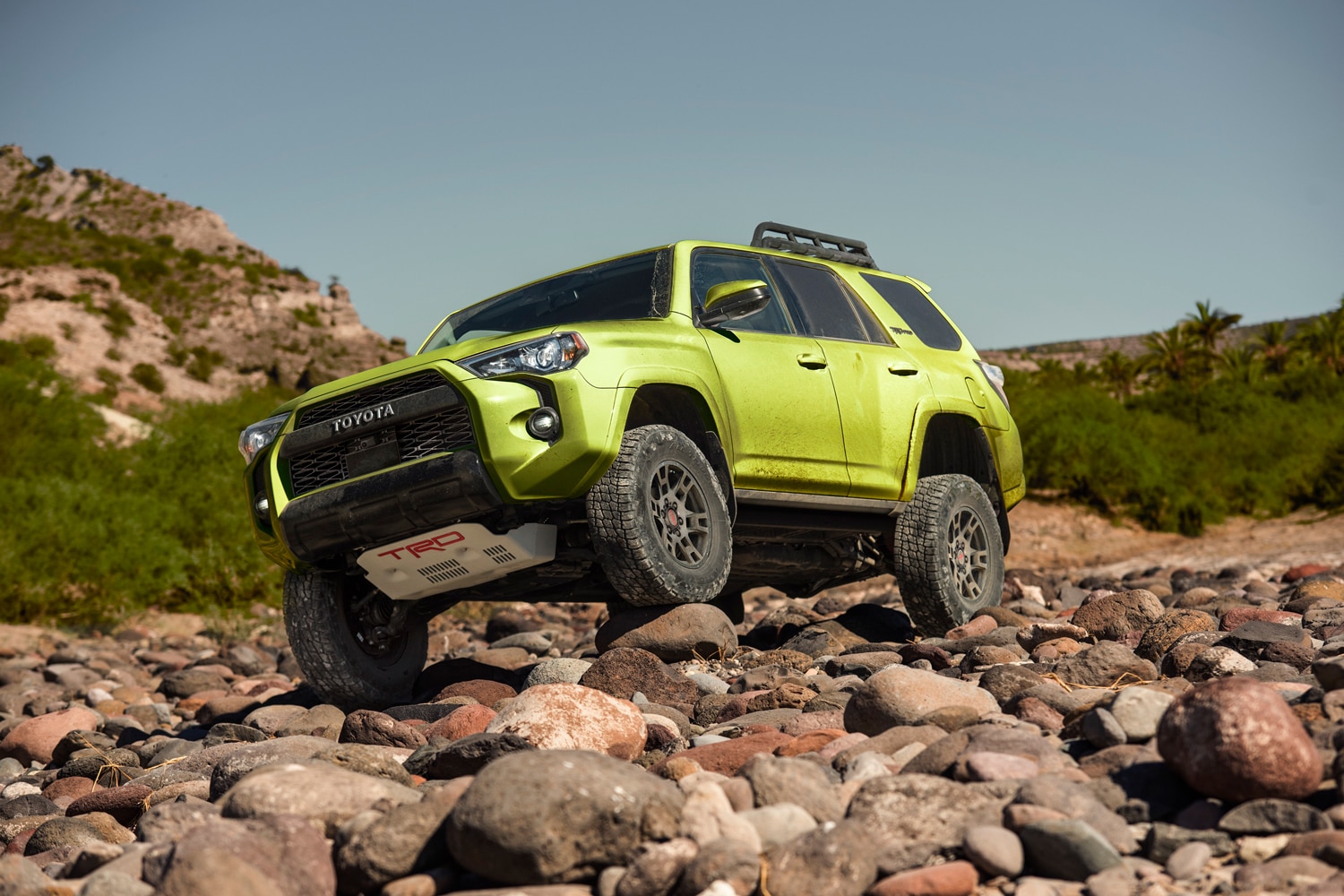 Toyota
Toyota
Both automakers lard on the low- and high-tech go-anywhere hardware in the hardiest trims. The 4Runner TRD Pro and the Wrangler Rubicon both feature a two-speed transfer case, locking rear differentials, and electronically disconnecting anti-roll bars. But here, again, the Wrangler has an advantage with a locking front differential and larger all-terrain tires that help it roll over obstacles easier.
Perhaps the biggest difference between these body-on-frame SUVs is how well their suspensions absorb the bumps and ruts of the road. The 4Runner uses independent front and rear suspensions, while the Wrangler relies exclusively on solid axles. The Toyota’s suspension allows for greater on-road wheel control and an improved ride compared with the Wrangler’s, which feels punishing on the road and makes the steering feel imprecise. Consider how much off-road capability you truly need before committing to a specific model that will make your commute miserable.
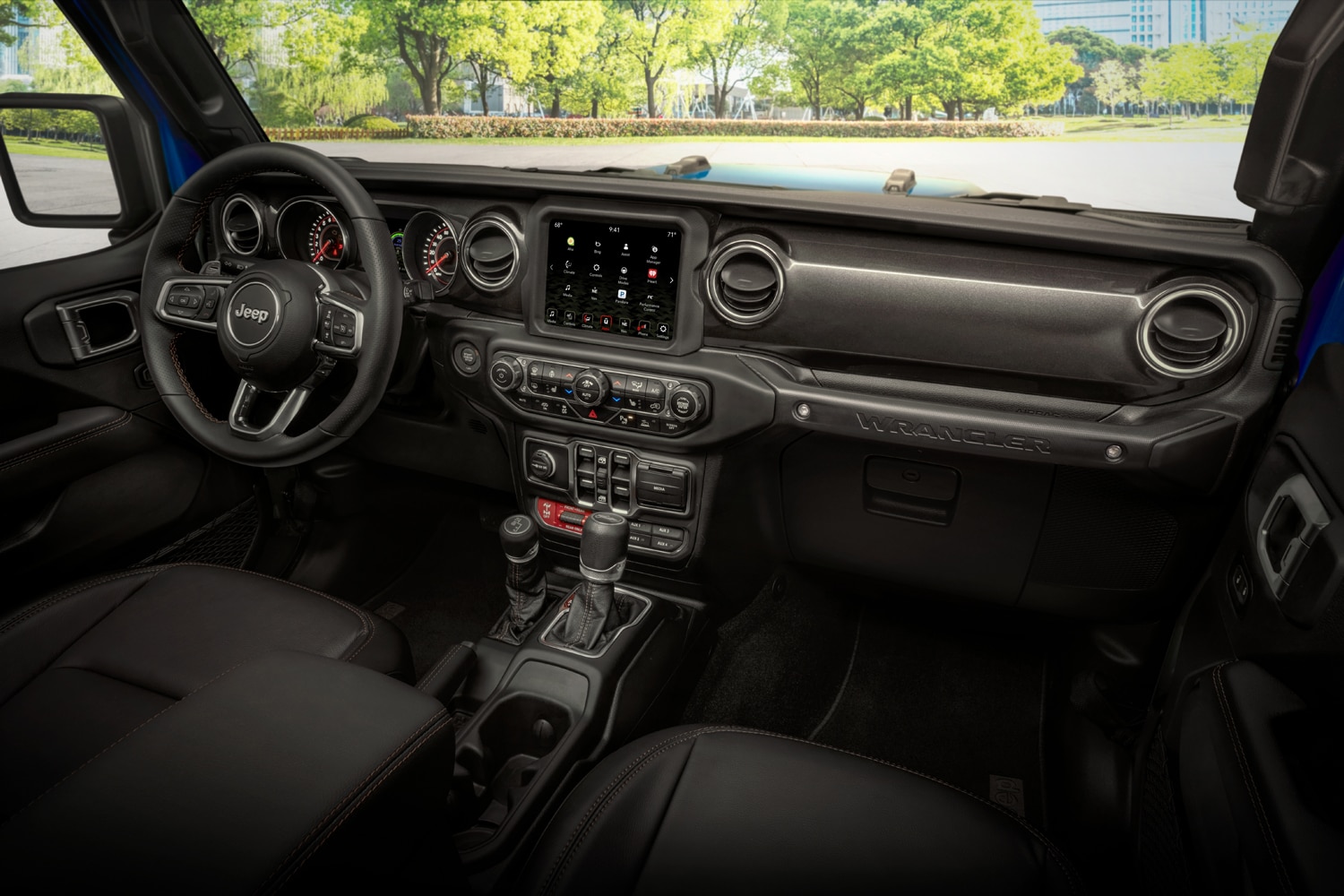 Jeep
Jeep
Jeep Wrangler vs Toyota 4Runner: Features
Creature comforts and modern tech exist on these trucks, but that’s not why you buy one of these off-roaders. It’s the capability, dependability, and loyal community behind these vehicles that make them desirable and keep their resale value high. Still, if you plan on driving a 4Runner or a Wrangler on a daily basis, you’ll want to be comfortable in it.
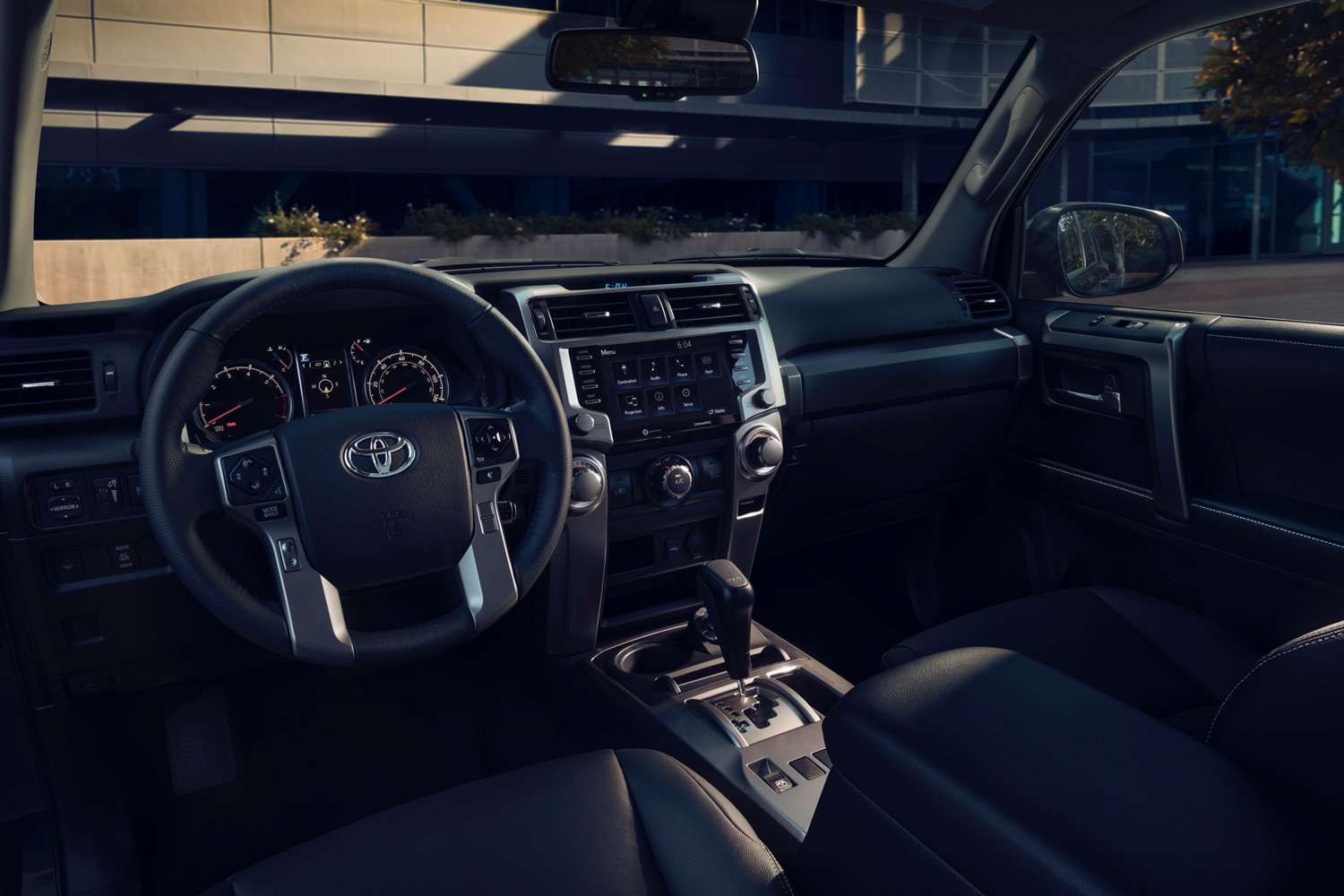 Toyota
Toyota
Toyota includes several standard safety and convenience features—automatic emergency braking, lane-departure warning, adaptive cruise control—that are optional on the Jeep. It also can be a more luxurious vehicle with optional equipment such as a power-adjustable passenger seat, front parking sensors, and power-operated running boards that make climbing into the SUV easier. An available third row increases the 4Runner’s seating capacity from five to seven.
Written by humans.
Edited by humans.
 Clifford Atiyeh
Clifford AtiyehClifford Atiyeh is an independent writer, photographer, and creative consultant. He has reported for dozens of websites, magazines, and newspapers in his 20-year journalism career, during which he has tested more than 650 new vehicles. His automotive expertise focuses on product development, market analysis, and the litigation and legislation affecting the industry. Clifford is vice president of the New England Motor Press Association and runs a marketing consultancy.
Related articles
View more related articles